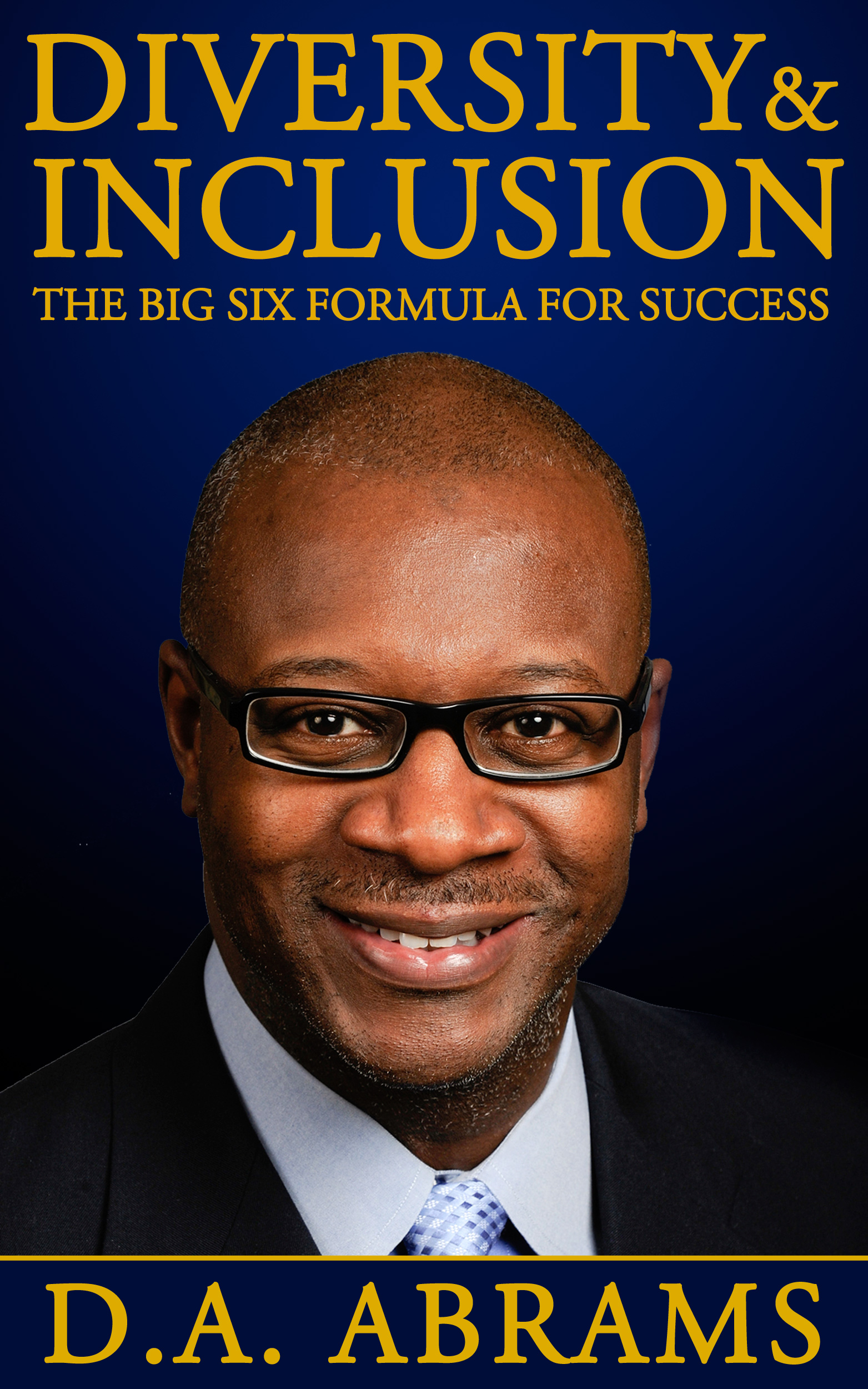
The case that I make for diversity and inclusion is not just sociological or democratic: it is a business strategy. That is the focus of this book. I developed this framework for corporations and associations. It will show you how to increase your revenues directly, through understanding the pathways that I provide, and by implementing the Big Six Action Plan that I outline, so that you can take a comprehensive and holistic business approach to diversity & inclusion in your own company. I explain how to ensure a diverse workforce at every level, how to reach a multi-cultural marketplace, and how to include diversity in your image as a way of ensuring the greatest opportunities for growth and expansion. Most savvy executives today are attuned already to the diversity of the contemporary U.S. marketplace, but with this book, you will also be equipped with all of the most current data and facts regarding American ethnic and racial diversity as it pertains to your product or service.
Genre: BUSINESS & ECONOMICS / GeneralRecently, a Latino media executive was driving down Sunset Boulevard in Hollywood, California. He noticed an enormous new billboard for a Fortune 500 company that advertised children’s clothing. The artwork featured two adorable white babies dressed in white outfits lolling on a white blanket, with white letters above them shaped like white clouds. It was a beautiful billboard. But it struck him as odd, given the demographics of the town over which it towered.
The executive immediately put in a call to Dr. David Hayes-Bautista, a renowned expert on Los Angeles’ population as the Director of the Center for the Study of Latino Health and Culture at UCLA’s School of Medicine. Dr. Hayes-Bautista confirmed what the executive suspected: the percentage of babies born in L.A. in 2012—the billboard’s target “customer”—was 17% white, 62% Latino, and 21% Asian or African-African.
Yes: 83% of L.A.’s babies were not white. So why was this big, pretty ad on Sunset Boulevard so…white!!? Did only white people drive down this strip of roadway, perhaps? The executive set out to do a personal test the next day, amusing himself by returning to the billboard location by taking side streets that had only Spanish surnames – La Jolla, San Vicente, Santa Monica – which is to say, most any street in L.A. He sat with pen and paper in hand for 20 minutes, and marked the demographics of each car that passed beneath the billboard.
Out of the 1,000 cars that he polled, 750 of the drivers were not white. This inspired the executive to dig down a bit deeper into the billboard’s Fortune 500 firm with such a diversity-oblivious ad. A Google search for the corporate name and “images” also brought up a field of white babies, each beautiful, each wearing the company’s adorable clothes, and almost each one of the models being white.
| Language | Status |
|---|---|
|
Portuguese
|
Already translated.
Translated by Cassiane Ogliari
|
|
Spanish
|
Already translated.
Translated by Carmen Castro
|